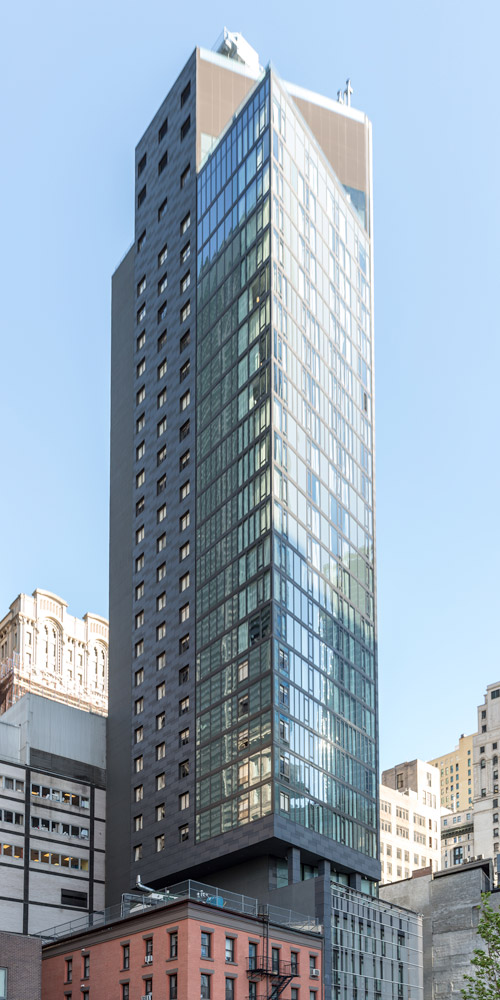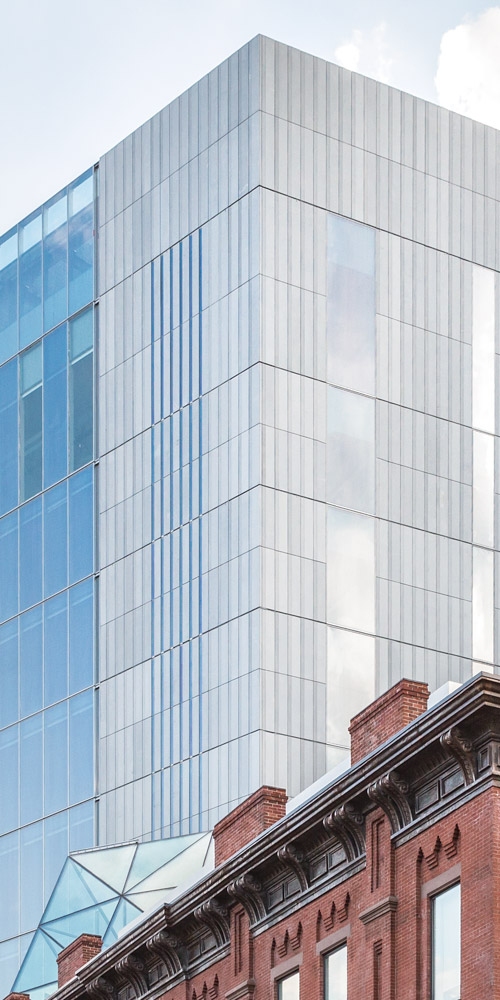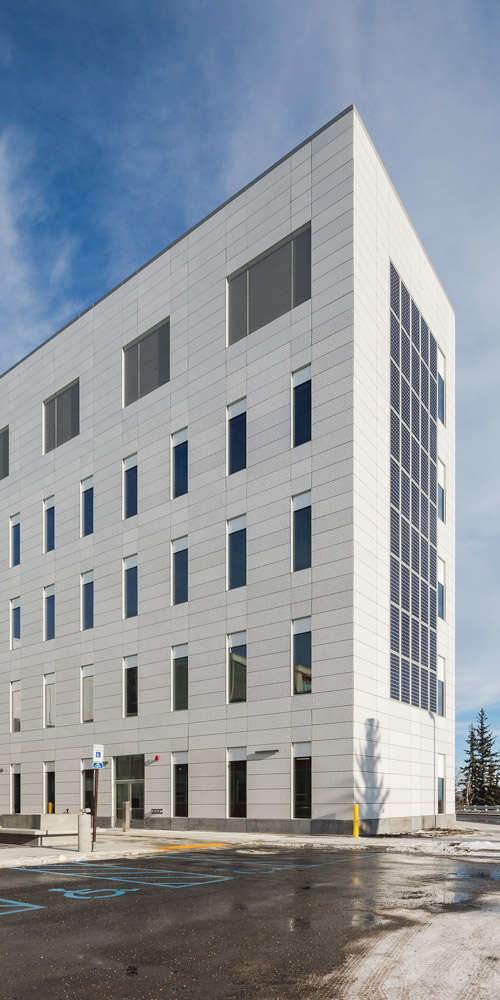RESILIENCE
How long will your building last? Resilience is at the core of good building materials and practices. At TAKTL, we view it in terms of how our facade elements can tangibly benefit the built environment. Durability, longevity, impact resistance, survivability in extreme events, assembly efficiency, strength-to-weight ratio, carbon emissions in manufacturing and delivery, and ultimate service life all play into the resilience equation for new buildings and re-clads.

Impermeable
TAKTL is moisture-impermeable, corrosion-resistant, and able to withstand the elements in coastal areas and flood zones

Superior Impact Resistance
Extremely high impact resistance means safety and durability even in hurricane-force winds carrying airborne projectiles

All-Climate
In climates with drastic temperature shifts, TAKTL’s proven freeze-thaw performance ensures its integrity over decades

Non-Combustible
TAKTL panels are certified non-combustible under ASTM E136, and an NFPA 285 assembly test confirms the supporting rainscreen components are equally safe

Seismic Zones
With superior flexural strength, TAKTL can be safely installed in seismic zones and on tall towers with surprisingly few anchor points

Reduced Emissions
Regionally sourced raw materials, local manufacturing, and lower-cement TAKTL UHPC mixes lead to reduced emissions
“Resilience is the capacity to adapt to changing conditions and to maintain or regain functionality and vitality in the face of stress or disturbance. It is the capacity to bounce back after a disturbance or interruption.”
(Resilience Development Initiative, 2015)
TAKTL pursues rigorous testing to support applications in the most challenging environments, from hurricane zones with high-velocity projectiles to climates with extreme temperature swings. We provide facades that contribute positively to the preparedness of buildings to deal with climate change, disaster risk reduction, and emergency response. Ask us more about our approach to resilience and learn about our special assembly tests.

The 133 Greenwich Marriott facade is subject to high wind loads in Manhattan’s Financial District. TAKTL’s elevated flexural strength lowered the hardware burden compared to other cementitious materials.

Cypress College’s new academic building is installed near the San Andreas Fault in Southern California. TAKTL was specified in part because of our company’s rigorous approach to seismic testing.

860 Washington, situated on the High Line in Manhattan, utilized TAKTL in a demanding Curtain Wall application that required a face-sealed assembly with a dual texture and finish.

The University of Alaska Fairbanks chose TAKTL because of its ability to withstand the most extreme weather conditions with no effect on the material. In Fairbanks, the temperature swings from -20 to +80 Fahrenheit throughout the year.